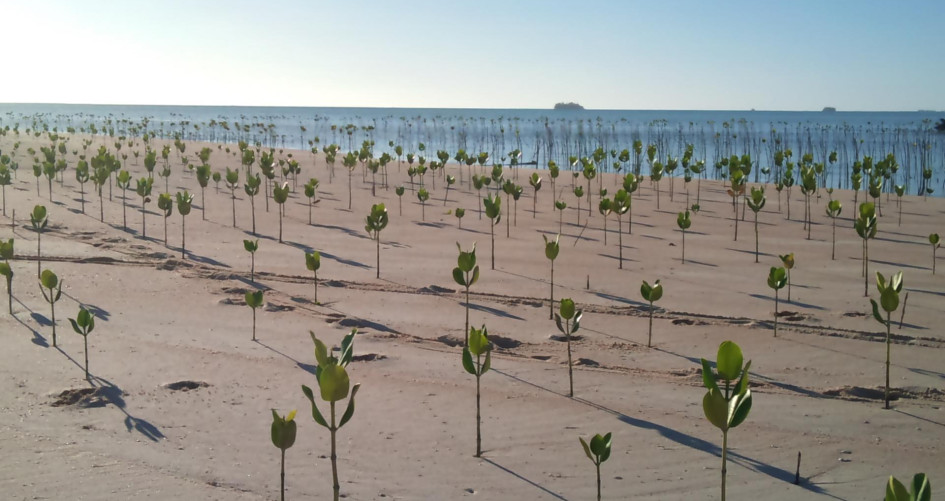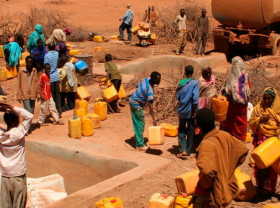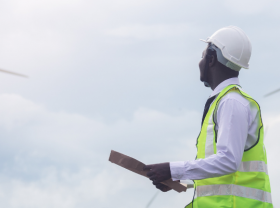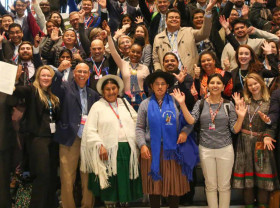UN Climate Change News, 18 March 2024 – As climate change accelerates, the urgency for countries to implement crucial plans that build resilience to impacts of climate change increases. To do this, they need both adequate funding and the national capacity and know-how to access available funding. This was the key conclusion of a virtual dialogue of the UNFCCC Climate Change Adaptation Committee this month.
Funds are needed for adaptation measures ranging from building seawalls against rising sea levels to increasing the resilience of the health systems of communities impacted by ever more frequent and severe storms and heatwaves.
“The transition of many countries from the planning to the implementation of adaptation requires more financial resources and enhanced countries’ capacities to access the entire range of available financial sources and instruments through respective long-term, country-owned strategies,” said Mariam Allam, Co-Chair of the UNFCCC’s Adaptation Committee.
Countries capture their adaptation priorities notably in national climate action pledges (nationally determined contributions, or NDCs) and national adaptation plans (NAPs).
Concrete examples of how ministries get on the same page with regard to adaptation
The dialogue’s six panelists concurred on one critical element in developing strategies to achieve better access to finance for adaptation: making the value of resilience more visible within decision-making.
This requires capacities to interpret and apply climate data and to facilitate collaboration among different stakeholders.
For example, Fiji has a national climate finance strategy which pinpoints projects best suited to protect the country’s at-risk communities. It was created through widespread consultation with nearly all of the countries’ government ministries and development partners.
The strategy is based on an analysis of how much money the country will need to meet its climate goals. And it looks at which projects are already receiving financial support.
In Fiji, the government received requests for assistance from around 120 communities to build seawalls but lacks funding to build all of them.
Different ministries gathered and shared data on these communities which has allowed the government to prioritize which communities will receive seawalls to protect against rising sea levels. And which communities will need to be relocated altogether.
In Peru, Colombia and Brazil, a joint project dubbed Adapting public investment to climate change in Latin America has helped convince ministries to invest public resources in a way that helps building resilience to climate change.
For example, research was conducted in Peru following an extreme El Niño-related weather event to identify the key characteristics of infrastructure (notably roads and bridges) that had remained intact.
Representatives of the countries visited each other's partner institutions with a view to integrate common insights into their own work.
Boosting capacity to interpret and apply climate data for funding proposals
The capacity to effectively interpret and apply climate data is essential for drafting proposals for international adaptation funds and for establishing the enabling conditions for other types of resilience-aligned finance to flow.
To this end, two frameworks were referenced in the virtual dialogue which can help guide countries through the steps required to establish an environment that makes it possible for the different sorts of adaptation finance to flow: the OECD climate adaptation investment framework and the Green Climate Fund and NDC partnership’s Climate Investment Planning and Mobilization Framework.
Both are under development and will soon offer countries the opportunity to analyze their own situation and navigate important guidelines, tools and support opportunities, which they may access to develop their individual finance and investment strategies.
In addition, lessons from the past implementation of the GCF’s readiness programme are reflected in its recently adopted new readiness strategy 2024-2027.
The new strategy will make an important contribution to the development of the national capacities required to make the case for adaptation, e.g. by offering longer-term support and a specific window for direct access entities, among others.
Going forward, more opportunities for consultations and exchanges of experiences are needed to help close the growing adaptation finance gaps as more and more countries embark on their journeys to implement climate adaptation plans and strategies.
See here for more information on the Dialogue on addressing developing countries’ capacity gaps in accessing adaptation funding convened by the Adaptation Committee




